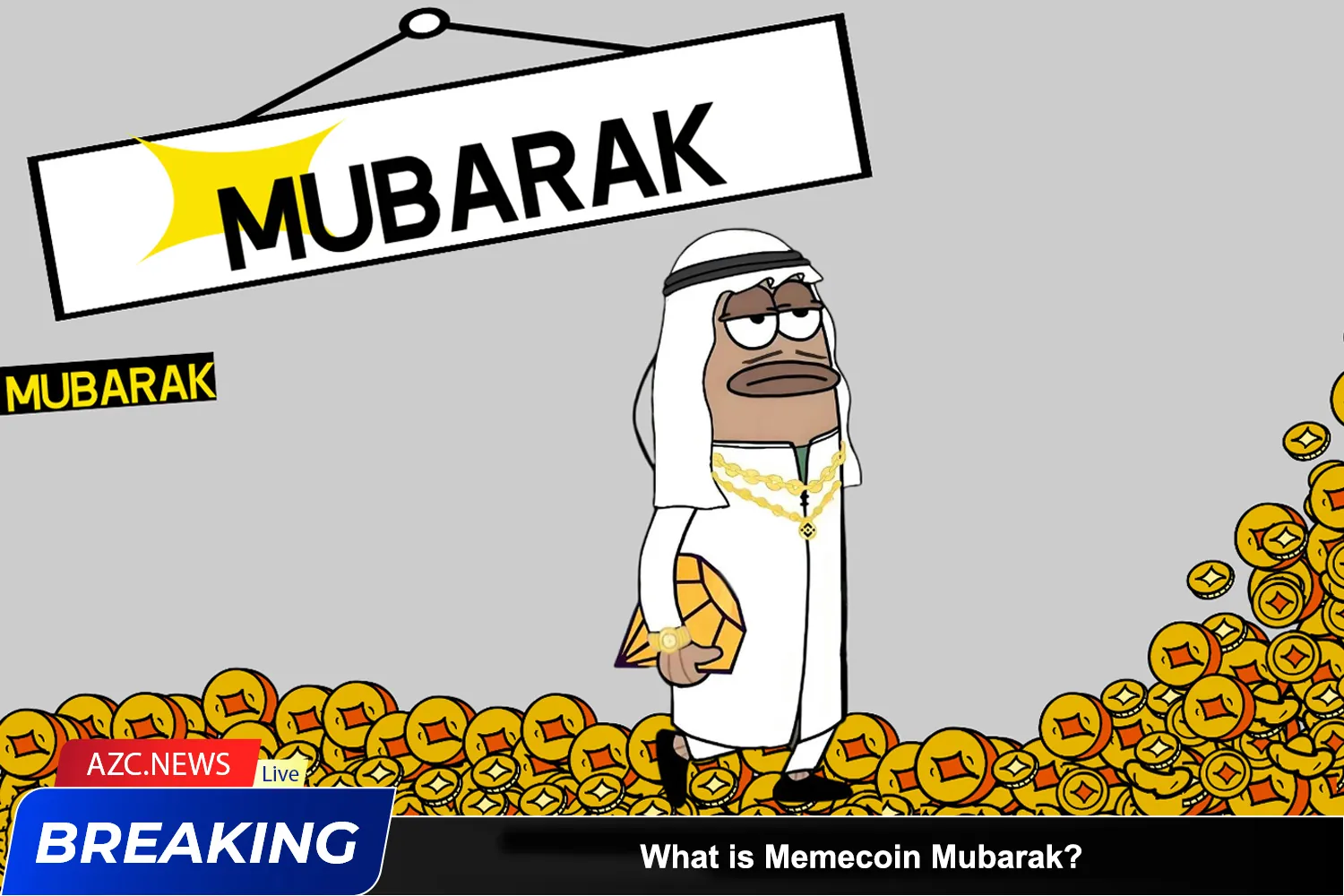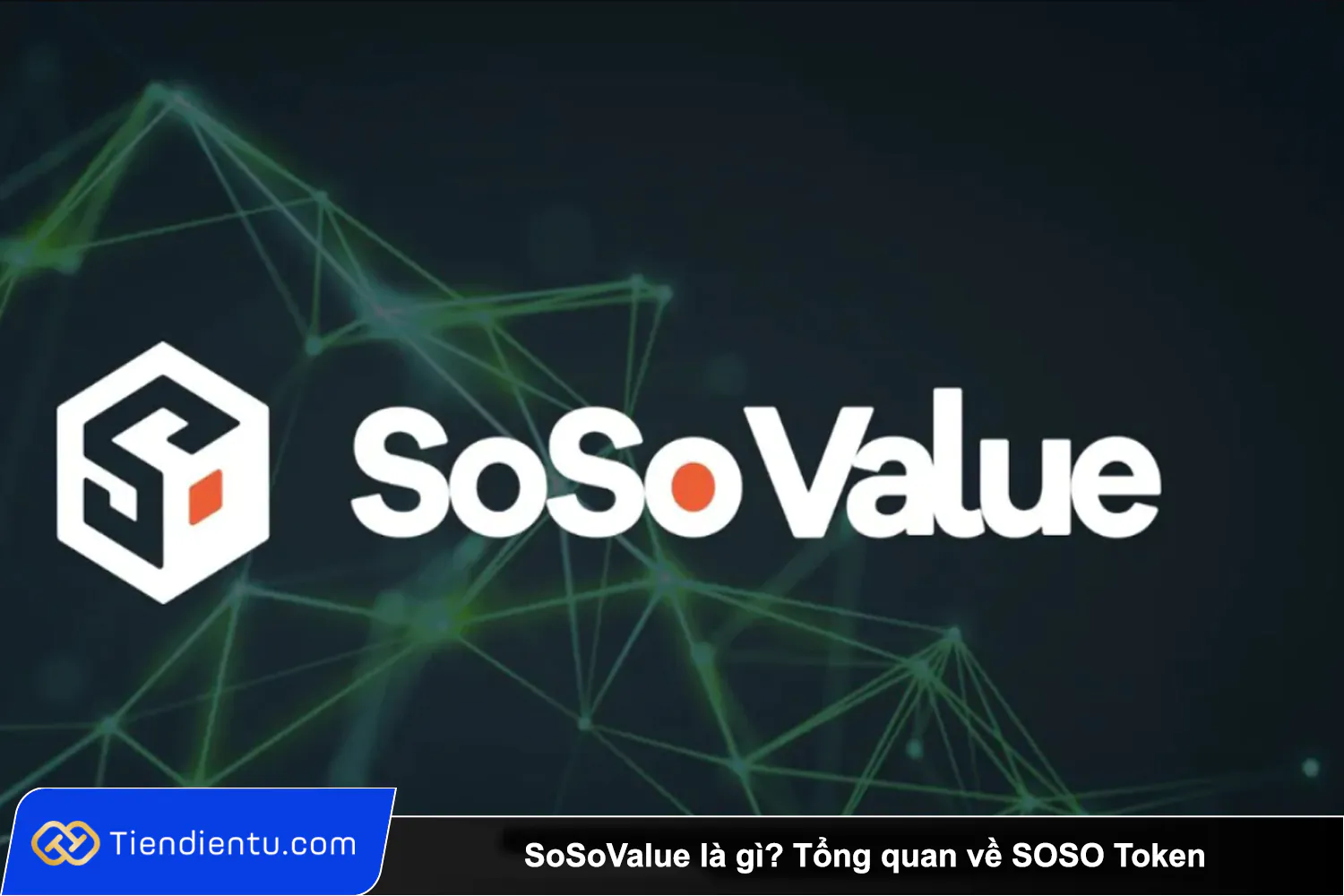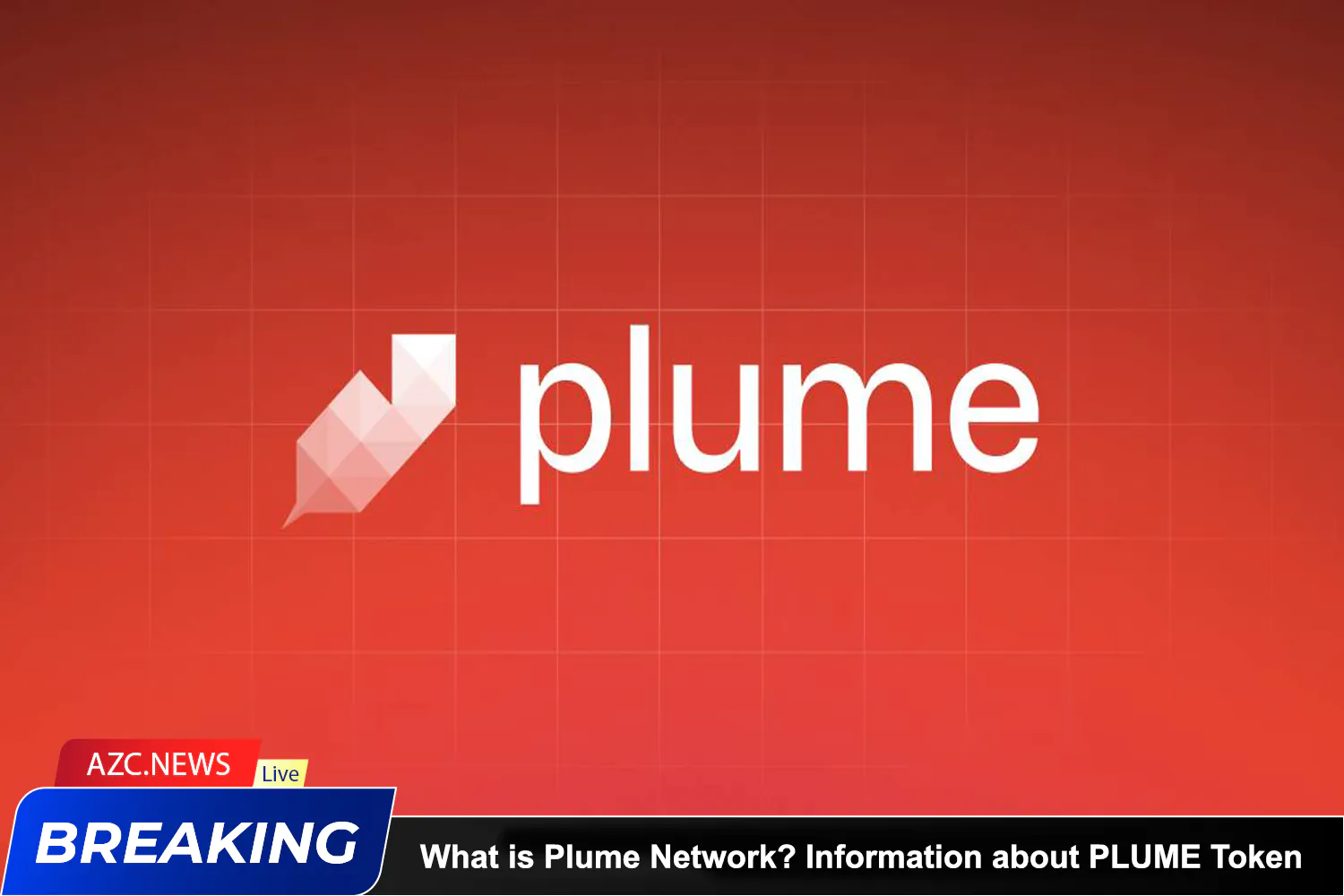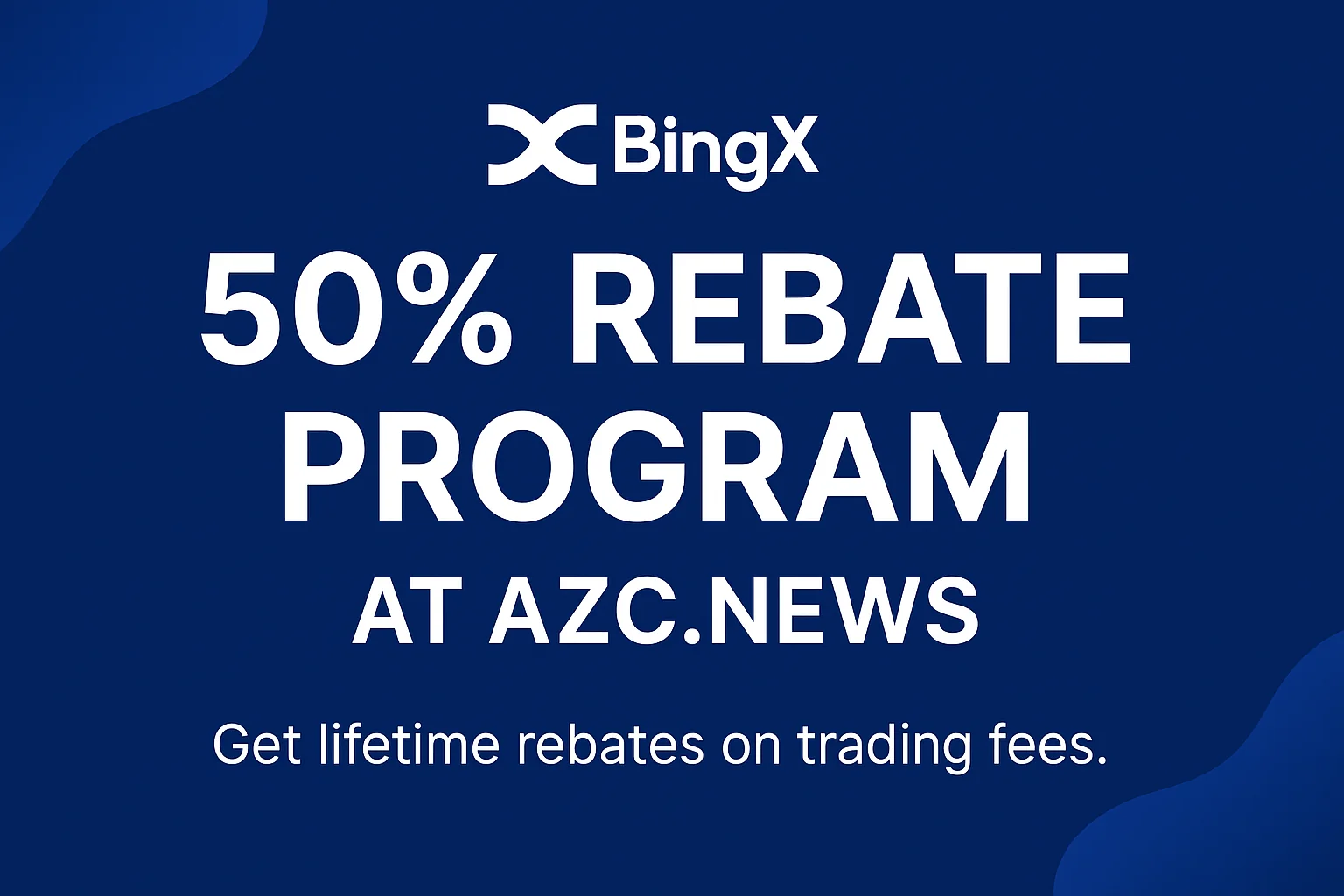Real-World Asset (RWA) DeFi Tokens
Real-World Assets (RWAs) have emerged as a significant force in today’s DeFi landscape. The decentralized financial ecosystem is experiencing robust growth, with a cumulative Total Value Locked (TVL) of $47 billion.
At the zenith of this growth, a new asset class known as Real-World Assets (RWAs) is making its mark in the space, and DeFi analyst @DeFiIgnas outlines why these assets are poised to disrupt the next frontier in the broader industry development.
RWAs are DeFi tokens designed to meet specific needs or offer practical solutions that can be linked to the real world. Common tokens in the real-world DeFi ecosystem include Centrifuge and Maple Finance, among others.
Given their increasing popularity, DeFi Ignas shares statistics indicating that 4 out of the top 10 lending protocols, based on interest fees accrued over 180 days, are dominated by RWAs.
Rising RWA Adoption: According to researchers, while lending on leading DeFi platforms like Aave and Compound is collateralized, RWAs are pledged beyond the boundaries of the cryptocurrency world. This is certain to garner more attention for these tokens in the near future.
Another crucial underlying principle is that standout RWAs currently include Centrifuge (CFG), Maple Finance (MPL), TrueFi (TRU), and Goldfinch (GFI), all with market capitalizations under $100 million each.
When compared to well-established DeFi protocols like Synthetix and particularly Aave, with a market capitalization of $1.2 billion, these tokens clearly exhibit greater growth potential.
Lending protocols, Non-Fungible Tokens (NFTs), metaverse tokens, and gaming-based tokens are important gateways to explore the world of digital currencies and blockchain. Nevertheless, Real-World Assets are carving their place in the Web3.0 space and there are plenty of reasons to be optimistic about their future potential.
There are expectations that RWAs will serve as the conduit to onboard billions of users into the Web3.0 realm.
Benefits of Tokenizing Real-World Assets
There’s no doubt that the ability to reduce entry barriers and partition real-world assets into tradable tokens, accessible to anyone, anywhere, at any time, is the most groundbreaking advantage.
However, this isn’t the sole advantage. Let’s summarize and further explain how tokenizing Real-World Assets (RWAs) can revolutionize the game:
Enhanced Liquidity: Tokenizing assets allows for higher liquidity by enabling the subdivision of assets and allowing ownership of a fraction of them. This, in turn, permits actions to be performed on these fractional portions.
This is achieved by reducing investment barriers and enabling more individuals to invest in assets. In less liquid traditional markets, such as real estate, art, or rare and valuable resources, this technology can help sellers find transaction partners more easily due to a larger pool of interacting buyers.
>>> Tokenized Real World Assets Values Surpass $3 Billion on the Blockchain
Expanded Investor Base: Not only does the scope of investors increase by reducing the minimum investment amount, but now investors from all over the world can participate at any time.
New Business and Social Models: RWAs in token form can create novel business and social models. For instance, various individuals owning tokens for a beachfront property can now decide when the token’s owner can access and stay in the property.
This disrupts traditional business models where many co-own a property or rights associated with it. Individuals can decide when to use it personally or earn profits by renting the property during times when no token owner is using it or if they decide it’s more profitable to continuously rent it out.
This example illustrates how it fosters new social models, as a common asset is shared by various individuals, who may have no other connection except for owning tokens for the same property.
Blockchain Infrastructure: Tokenizing Real-World Assets is only possible through blockchain technology. This implies that the shared infrastructure by all participants is used. Moreover, it is decentralized, meaning it doesn’t rely on a central third party, leading to significantly reduced transaction costs.
This decentralization improves efficiency when executing actions since the absence of intermediaries means automated payments can be established. Transactions that used to take hours or days can now occur within seconds, optimizing the market and reducing the time-related costs.
Inherent Transparency: Blockchain, as the underlying technology, boasts inherent transparency, making all transactions publicly viewable at any time. It’s important to distinguish that when operating on a public blockchain, transaction parties’ identities are pseudonymous.
In a private blockchain, this isn’t necessary if it complies with existing data protection regulations. Nevertheless, the improved traceability and credibility are significant advantages, as anyone can scrutinize the origin and all subsequent transactions, instilling trust and reliability. Ownership rights become an embedded quality when tokenizing Real-World Assets.
Easy Identification of Transactions: The advantage of easy-to-identify transactions is that there is a single point of access when retrieving information. It’s more feasible to have all information within a single call rather than relying on different data points for transaction verification and ownership.
Using a single layer where all transactions and data are stored allows multiple parties to access comprehensive information from a single source. Furthermore, since blockchain data is immutable, identical information is always available to everyone at any time.
Now that we’ve explained what tokenizing Real-World Assets is and its benefits, let’s move on to why Brickken was established and why we consider ourselves the vanguard of a new era in investment.











